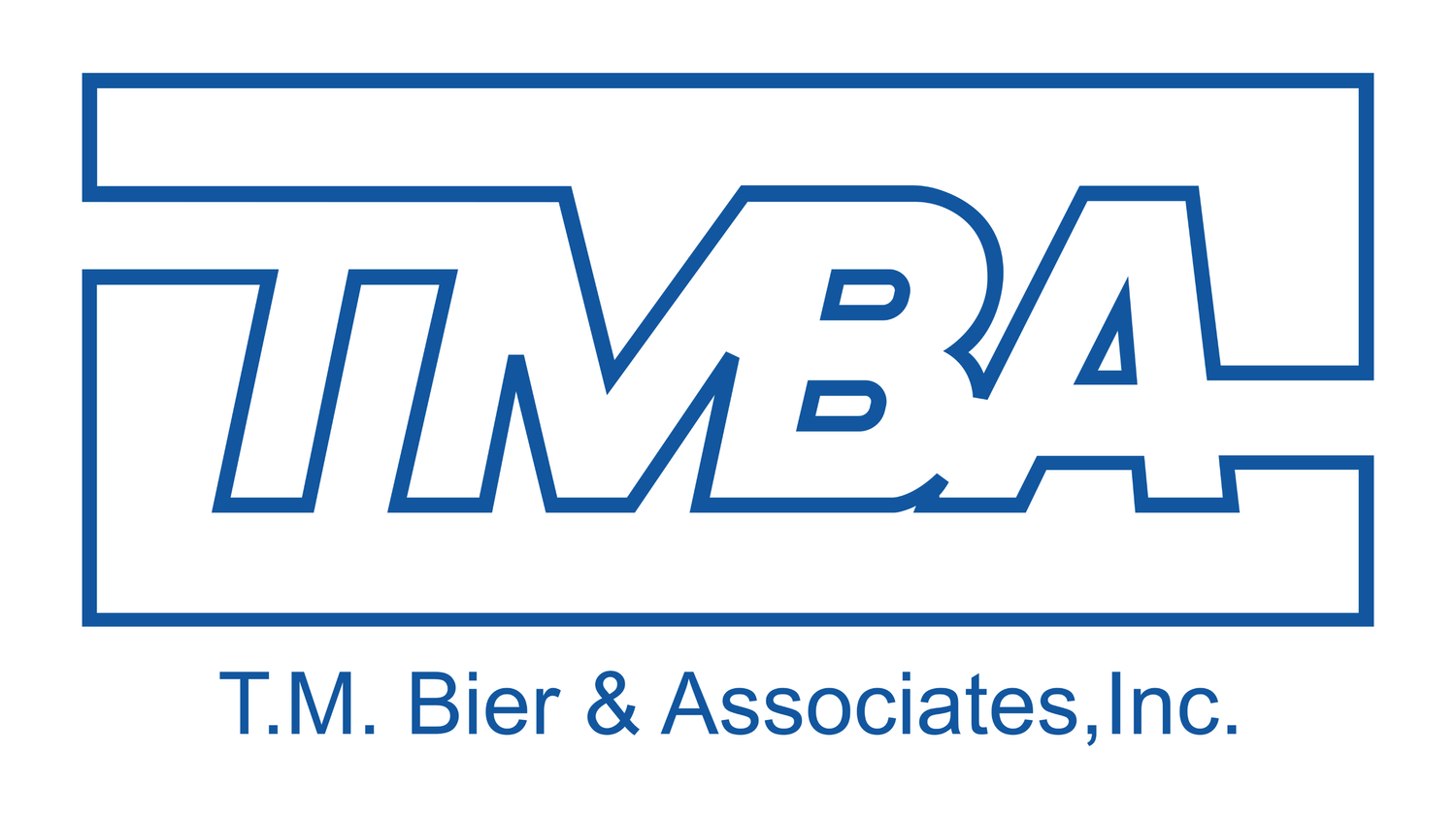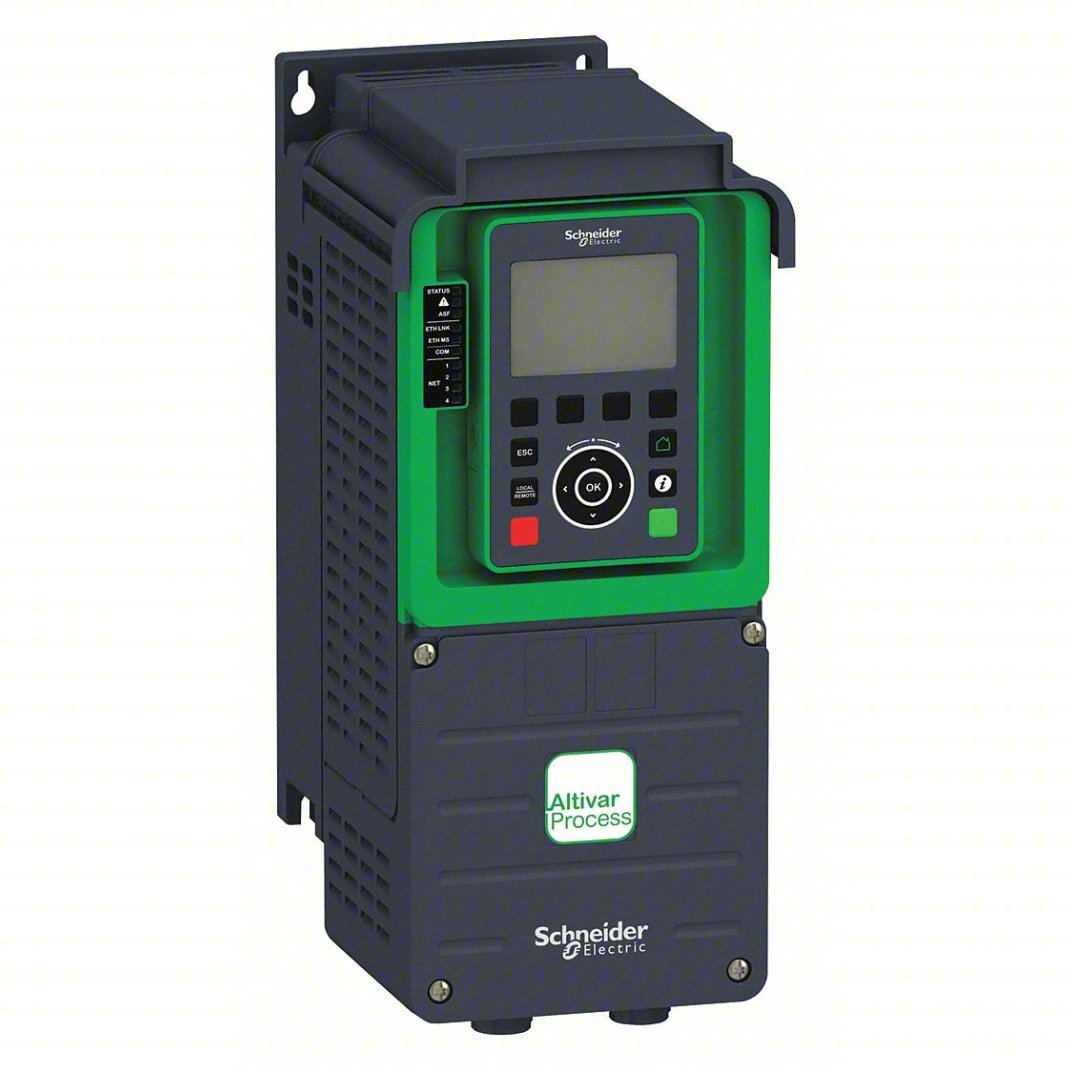Elevating HVAC Efficiency with Variable Frequency Drives: A Deep Dive
In the complex ecosystem of Building Management Systems (BMS), achieving optimal efficiency in HVAC operations is not just a goal—it's a necessity for energy conservation, cost reduction, and environmental stewardship. Central to these efforts are Variable Frequency Drives (VFDs), which represent a transformative technology in the management of HVAC systems. T.M. Bier & Associates, with established partnerships with leading VFD manufacturers, including ABB, Yaskawa, and Square D, offers a comprehensive examination of VFDs' pivotal role in enhancing HVAC system performance in buildings, highlighting the intricacies of their operation, benefits, and integration strategies.
Understanding Variable Frequency Drives in HVAC Context
Variable Frequency Drives, sophisticated in their functionality, modulate the electrical power supplied to HVAC motors, thereby controlling the speed of fans, pumps, and compressors. This precise control mechanism is foundational to adjusting airflow and water flow dynamically, aligning with the fluctuating demands of a building's heating, cooling, and ventilation needs.
Comprehensive Benefits of VFDs in HVAC Systems
The adoption of VFDs in HVAC applications extends beyond basic operational efficiencies, encompassing a range of benefits that significantly impact a building's performance and the well-being of its occupants:
Energy Efficiency: By enabling motors to run at speeds tailored to the current demand rather than at full capacity, VFDs drastically reduce energy consumption. This efficiency is especially pronounced in variable-load systems where demand can fluctuate widely over time.
Operational Flexibility: VFDs provide unparalleled flexibility in HVAC system operation, allowing for precise temperature and airflow adjustments. This adaptability ensures optimal occupant comfort and system responsiveness to varying conditions.
Enhanced System Reliability: The ability of VFDs to start motors gently reduces the mechanical stress on HVAC components, leading to fewer breakdowns, less wear and tear, and extended equipment lifespan.
Cost Savings: The energy and maintenance cost savings afforded by VFDs contribute to a lower total cost of ownership for HVAC systems. These savings are a key driver in the decision to integrate VFD technology into building management strategies.
The Synergy between VFDs and Building Management Systems
Integrating VFDs within a BMS framework elevates the building's HVAC operations to new levels of efficiency and control. This integration facilitates:
Real-time Adjustments: The BMS can dynamically control VFDs based on real-time data from sensors monitoring occupancy, temperature, CO2 levels, and other environmental factors, optimizing energy use while maintaining comfort.
Predictive Maintenance: By monitoring the operational parameters of HVAC components controlled by VFDs, a BMS can predict and preempt potential failures, scheduling maintenance only when necessary.
Energy Management: The combination of VFDs and BMS enables sophisticated energy management strategies, such as demand response and load shedding, contributing to overall building energy efficiency and sustainability goals.
Implementation Insights: Ensuring VFD Success in HVAC Systems
The path to realizing the full potential of VFDs in HVAC systems involves meticulous planning and execution. Key considerations include:
System Compatibility and Integration: It is crucial to select VFDs that are compatible with the building's existing BMS in terms of communication protocols and hardware interfaces, ensuring seamless integration and operation.
Correct Sizing and Configuration: VFDs must be accurately sized for the motors they will control, with careful attention to the HVAC system's operational parameters. This ensures that the VFDs operate efficiently and effectively within their intended application.
Professional Installation: Expert installation and thorough commissioning are paramount to the successful deployment of VFDs in HVAC systems. This process includes setting up the correct control parameters and ensuring that the VFDs are fully optimized for their specific applications.
Conclusion
The strategic incorporation of Variable Frequency Drives into HVAC systems represents a cornerstone of modern building management strategies, offering a pathway to enhanced efficiency, reliability, and occupant comfort. T.M. Bier & Associates stands at the forefront of integrating VFD technology within BMS frameworks, harnessing the full potential of this synergy to deliver superior building performance. As the imperative for sustainable and intelligent buildings continues to grow, the expertise and innovation offered by T.M. Bier & Associates in the realm of VFDs and HVAC systems play a critical role in shaping the future of building management.
About T.M. Bier & Associates
T.M. Bier & Associates is a leader in delivering advanced Building Management System solutions, emphasizing sustainability, efficiency, and client satisfaction. Our deep expertise in integrating cutting-edge technologies, such as VFDs, into BMS architectures allows us to provide bespoke solutions that significantly enhance building operations and occupant experiences. Discover how we can transform your building management approach by visiting us at tmba.com.

